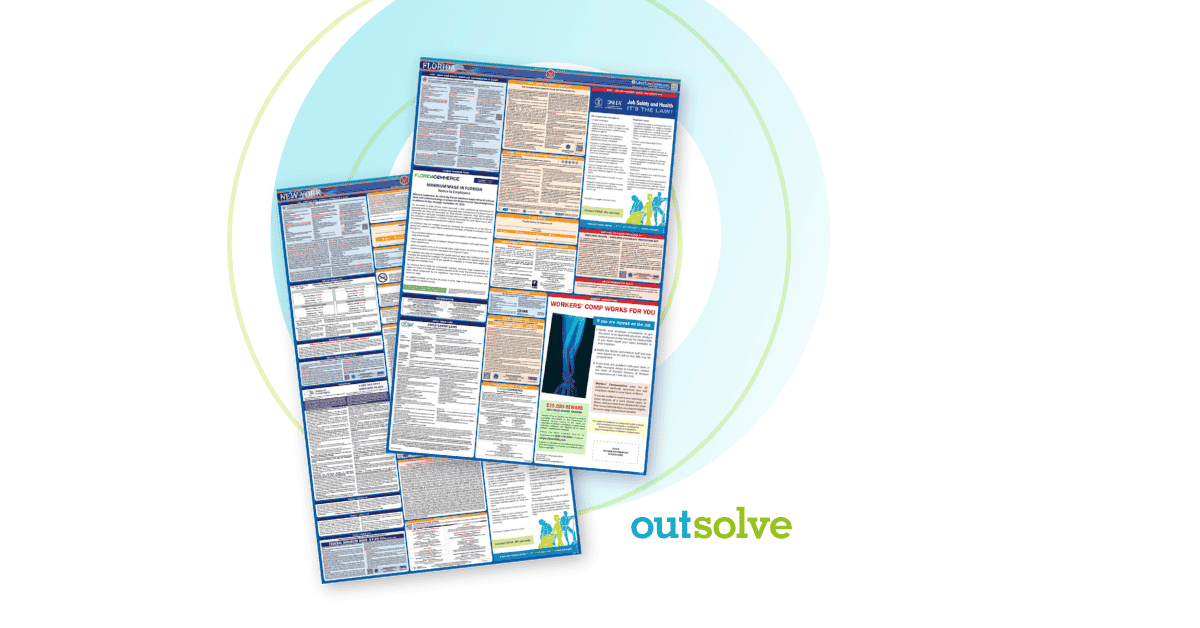2 min read
Massachusetts Pay Reporting Requirements for 2025
 Neil Dickinson
:
Jan 16, 2025 1:55:29 PM
Neil Dickinson
:
Jan 16, 2025 1:55:29 PM

Starting in 2025, a significant aspect of the "Frances Perkins Workplace Equity Act" requires employers to submit annual compensation reports to the Commonwealth of Massachusetts. This process will occur via its online portal, which is now live. On July 31, 2024, Massachusetts Governor Maura Healey enacted this legislation, which introduces new requirements for pay transparency and workforce data reporting. These initiatives are designed to enhance workplace equity and offer deeper insights into workforce demographics. An updated FAQ has been published on the Mass.gov website, offering clearer guidance on the expectations for annual reporting for Massachusetts pay data.
Overview of the Massachusetts Pay Reporting Requirements
The Massachusetts law applies to employers with 100 or more employees in the Commonwealth and introduces the following key obligations:
- EEO-1 Report Submission:
- Covered employers must submit their most recent EEO-1 report to the Massachusetts Secretary of the State office annually by February 1, beginning in 2025.
- Reports will be submitted electronically through a web portal, which is now live.
- Demographics, Not Compensation:
- This report is the same EEO-1 demographic report currently required by the EEOC. It does not include pay data or Component 2 information, which the EEOC discontinued after 2018.
- The law limits data collection to workforce demographics (race, ethnicity, sex, and job categories) aligning with the current federal reporting requirements.
- Aggregate Reporting:
- Individual employer reports will not be made public. Instead, the Massachusetts Executive Office of Labor and Workforce Development (EOLWD) will publish an aggregated workforce demographics report, broken down by industry sector, beginning June 1, 2025.
- Individual employer reports will not be made public. Instead, the Massachusetts Executive Office of Labor and Workforce Development (EOLWD) will publish an aggregated workforce demographics report, broken down by industry sector, beginning June 1, 2025.
Key Dates for Massachusetts Pay Data
The first EEO-1 report must be submitted to the Commonwealth on February 1, 2025. Since this date falls on a Saturday, reports will be accepted until Monday, February 3, 2025.
The EOLWD will publish the first aggregated workforce demographics report on June 1, 2025
Minimizing Massachusetts Employer Burden
The Massachusetts law was intentionally designed to minimize the administrative burden on employers by leveraging existing federal EEO-1 forms. Employers will not need to create new reports or compile compensation data unless the federal EEOC reinstates Component 2 pay data reporting requirements in the future.
What Massachusetts Employers Need to Know
Massachusetts joins California and Illinois as the third state requiring annual workforce demographic reporting. While the reporting scope for Massachusetts is narrower, this legislation reflects the growing trend of state-level efforts to improve pay transparency and workforce equity.
There are a few variables to keep in mind moving forward. If the federal EEOC reinstates Component 2 pay data requirements, Massachusetts employers may need to include that data in future submissions. Also, employers with operations across multiple states should consider standardizing their pay transparency strategies to meet varying requirements while simplifying compliance efforts.
With the reporting deadline approaching, employers should take the following steps to prepare:
- Verify Reporting Obligations: Confirm whether your organization meets the 100 employee threshold in Massachusetts for the prior calendar year.
- Gather the Required Reports: Ensure your most recent EEO-1 report (typically for the 2023 reporting year) is ready for submission.
- Monitor Updates: The EOLWD and Secretary of State office may release additional FAQs or guidance. Stay connected to OutSolve for updates.
OutSolve is ready to assist Massachusetts employers with their compliance needs. We offer EEO reporting support, pay equity reviews, and compensation benchmarking. We are monitoring legal developments and will share insights as they develop.
Neil brings over 20 years of experience working with HR, Talent Acquisition, and Compensation teams across the country to build best-in-class compliance programs. Neil has worked directly with the OFCCP on hundreds of successful AAP Pay Equity Audits, supported clients in EEOC equal pay charges, and has also designed Pay Equity Analytics to provide federal contractors better visibility to pay gaps within their organizations. Neil regularly delivers training on Pay Equity and other compliance topics for SHRM, ILG, and other industry HR group events. Neil received his undergraduate degree from the University of South Carolina and The University of Hull in England and his MBA from The Citadel.
Recent Posts
Related Posts

The Ultimate Guide to Multi-State Labor Law Posters
Human Resources professionals understand how important and challenging it can be to remain updated and compliant with labor laws. This is especially...

Countdown: Final Days of the 90-Day Safe Harbor Period for AAPs
April is here and with that comes the end of the 90-day safe harbor period for federal contractors complying with EO 11246. As April 21, 2025,...

What Triggers an I-9 Audit? Key Factors You Should Know
Verifying proper identity and work authorization documentation for every employee is a crucial HR compliance function - not just for a company’s...



